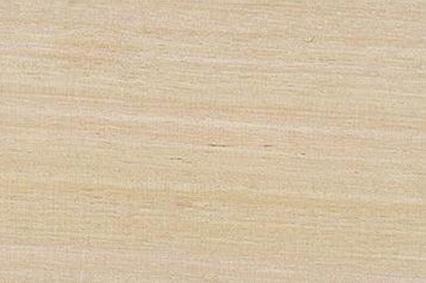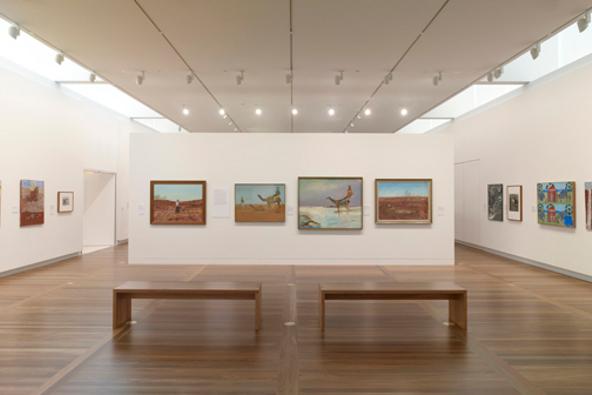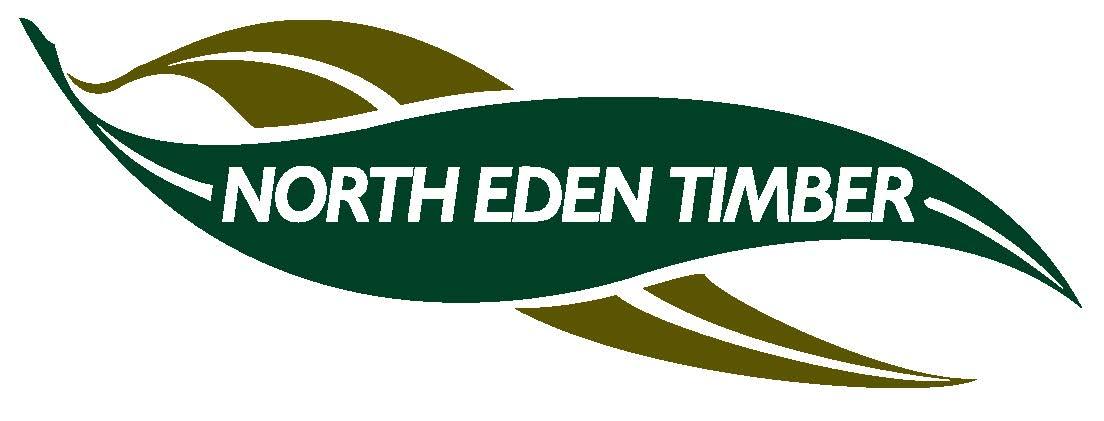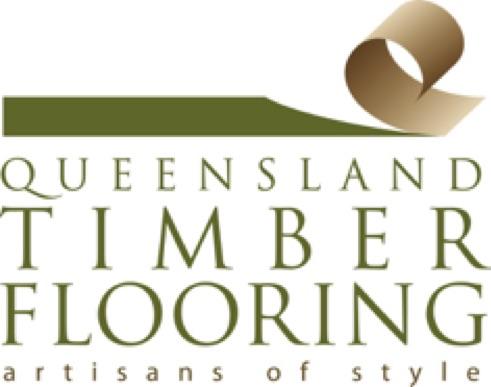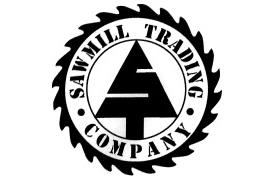Brownbarrel is a large Australian hardwood from the north east of Victoria and the tableland districts and south coast areas of New South Wales. It is commonly used for protected general construction and internal applications.
Brown Barrel, Cuttail, Black Mountain Ash, Whitetop, Woollybutt.
Eucalyptus fastigata
Brownbarrel is a large Australian hardwood growing in the north east of Victoria and the tableland districts and south coast areas of New South Wales.
It is used mainly for general construction, although this is limited to applications protected from weather exposure due to brownbarrel's moderate durability. It is also used for internal applications such as flooring, veneers and paneling.
Its heartwood is pale brown, while the narrow sapwood is usually paler in colour and is also susceptible to lyctid borer attack. It is similar in appearance to messmate. Brownbarrel has a medium texture with a grain that can be straight or often interlocked. Gum veins are usually present.
Brownbarrel is slow to dry and considerable collapse can occur during the process.
It is generally commonly available in the areas it grows.
Shrinkage
| Very Low | Low | Medium | High | Very High | |
|---|---|---|---|---|---|
|
|
|
||||
|
Tangential :
|
8.90% | ||||
|
Radial :
|
5.70% | ||||
|
Unit Movement Tangential:
|
0.33% | ||||
|
Unit Movement Radial:
|
0.21% |
Strength Group
| Very High | High | Reasonably High | Medium High | Medium | Reasonably Low | Low | Very Low | |
|---|---|---|---|---|---|---|---|---|
| Unseasoned: | S1 | S2 | S3 | S4 | S5 | S6 | S7 | S8 |
|
|
||||||||
| Seasoned: | SD1 | SD2 | SD3 | SD4 | SD5 | SD6 | SD7 | SD8 |
|
|
Stress Grade
|
Structural No. 1 |
Structural No. 2 |
Structural No. 3 |
Structural No. 4 |
Structural No. 5 |
|
|---|---|---|---|---|---|
| Unseasoned: | F14 | F11 | F8 | F7 | F5 |
| Seasoned: | F22 | F17 | F14 | F11 | F8 |
Density per Standard
| Seasoned: | 750kg/m3 |
|---|---|
| Unseasoned: | 1100kg/m3 |
Joint Group
| Very High | High | Reasonably High | Medium | Low | Very Low | |
|---|---|---|---|---|---|---|
| Unseasoned: | J1 | J2 | J3 | J4 | J5 | J6 |
|
|
||||||
| Seasoned: | JD1 | JD2 | JD3 | JD4 | JD5 | JD6 |
|
|
Colour
| White, yellow, pale straw to light brown | Pink to pink brown | Light to dark red | Brown, chocolate, mottled or streaky | |
|---|---|---|---|---|
|
|
||||
Mechanical Properties
|
Modulus of Rupture - Unseasoned:
|
68 |
|---|---|
|
Modulus of Rupture - Seasoned:
|
108 |
|
Modulus of Elasticity - Unseasoned:
|
12 |
|
Modulus of Elasticity - Seasoned:
|
14 |
|
Maximum Crushing Strength - Unseasoned:
|
34 |
|
Maximum Crushing Strength - Seasoned:
|
65 |
|
Impact - Unseasoned:
|
17 |
|
Impact - Seasoned:
|
19 |
|
Toughness - Unseasoned:
|
Medium - 15 - 24 Nm |
|
Toughness - Seasoned:
|
Medium - 15 - 24 Nm |
|
Hardness - Unseasoned:
|
5 |
|
Hardness - Seasoned:
|
5.5 |
Durability
| Low | Moderate | Reasonably High | High | |
|---|---|---|---|---|
| (0 - 5 yrs) | (5 - 15 yrs) | (15 - 25 yrs) | (more than 25 yrs) | |
|
In-Ground:
|
|
|||
| (0 - 7 yrs) | (7 - 15 yrs) | (15 - 40 yrs) | (More than 40 yrs) | |
|
Above ground:
|
|
|||
| (0 - 20 yrs, usually < 5) | (21 - 40 yrs) | (41 - 64 yrs) | (More than 60 yrs) | |
|
Marine Borer Resistance:
|
|
|
Lyctid Borer Susceptibility:
|
Susceptible |
|---|---|
| Lyctid Borer Susceptibility - Other: | |
|
Termite Resistance:
|
Not Resistant |
Fire Properties
| 0 | 1 | 2 | 3 | 4 | 5 | 6 | 7 | 8 | 9 | 10 | |
|
EFH Spread-of-Flame Index:
|
|
||||||||||
|
EFH Smoke-Developed Index:
|
|
|
Critical Radiance Flux - Lower:
|
>2.2 and <4.5 |
|---|---|
|
Critical Radiance Flux - Higher:
|
>2.2 and <4.5 |
|
Smoke Development Rate:
|
<750 |
| 1 - non-combustible | 2 - reasonably non-combustible | 3 - slightly combustible | 4 - combustible | |
|
Fire Properties Group Number: |
|
|
Average Specific Extinction Area:
|
<250 |
|---|---|
|
Bushfire Resistance:
|
BAL 12.5 and 19 – Door and window joinery only |
As its common name suggests, the heartwood of brownbarrel is pale brown, sometimes with a hint of pink, while the narrow sapwood is usually paler in colour. It is similar in appearance to messmate. Brownbarrel has a medium texture with a grain that may be straight or interlocked. Gum veins are usually present.
Brownbarrel is used mainly for general construction, although this is limited to applications protected from weather exposure due to its moderate durability. It is also used for internal applications such as flooring, veneers and paneling.
NSW
